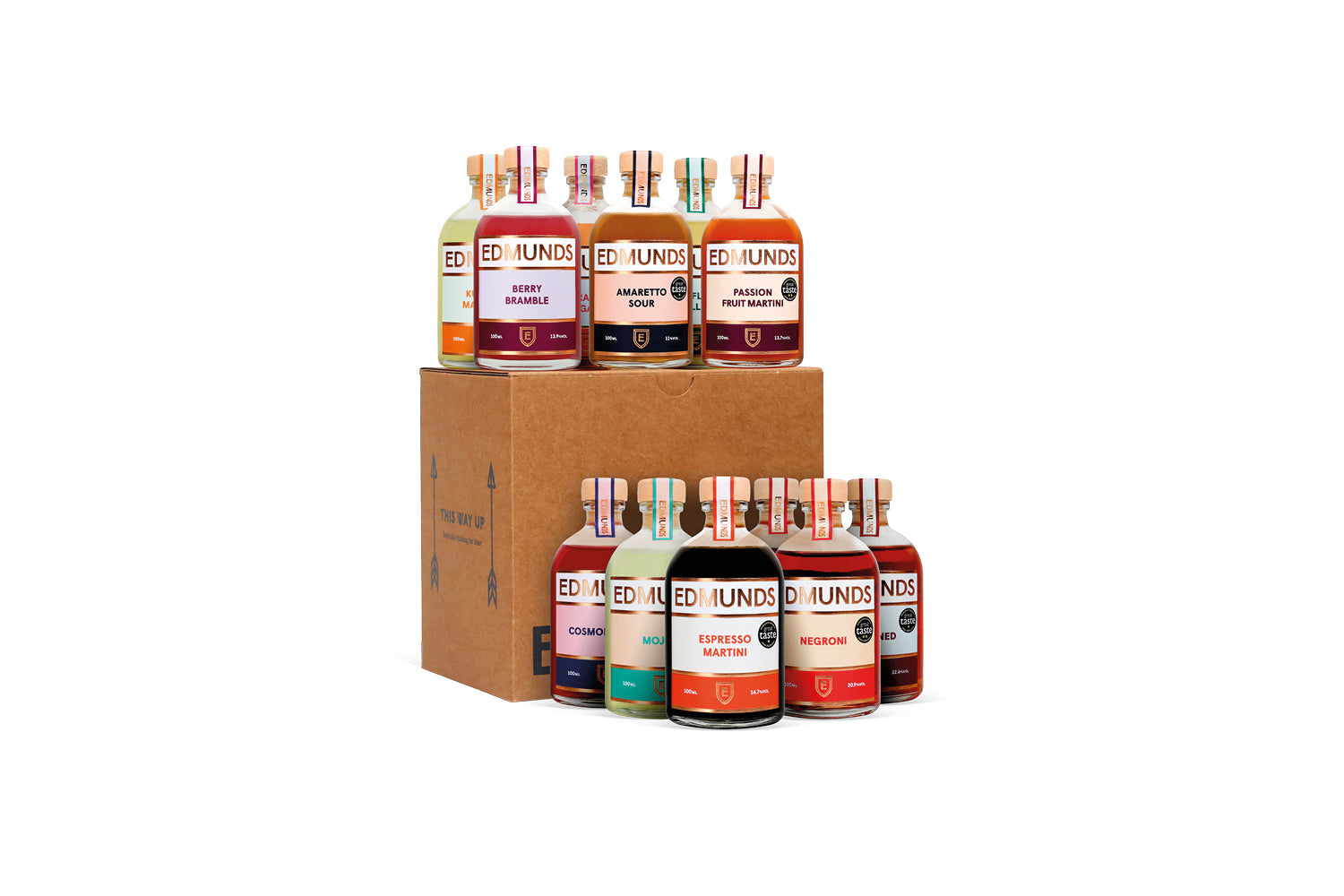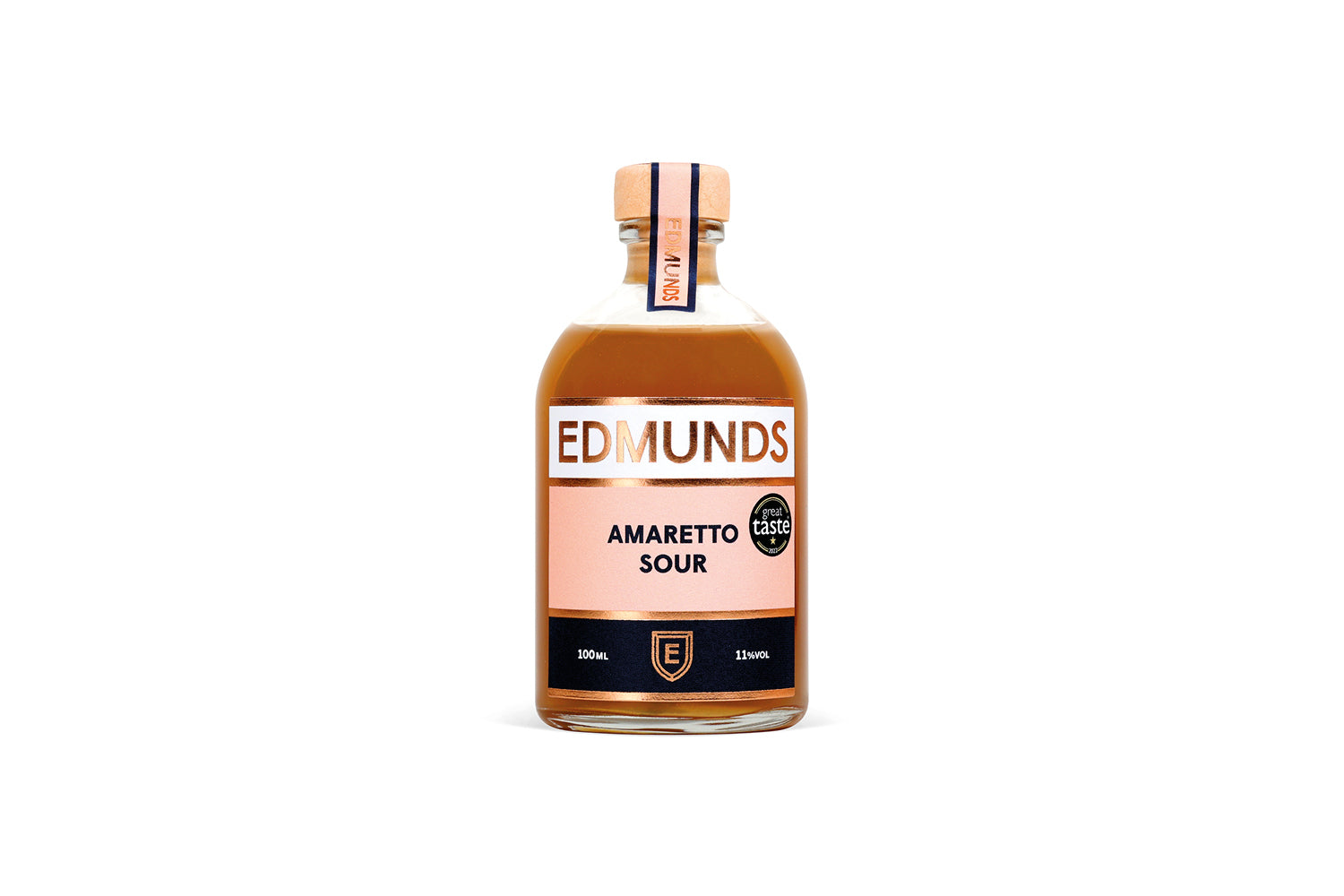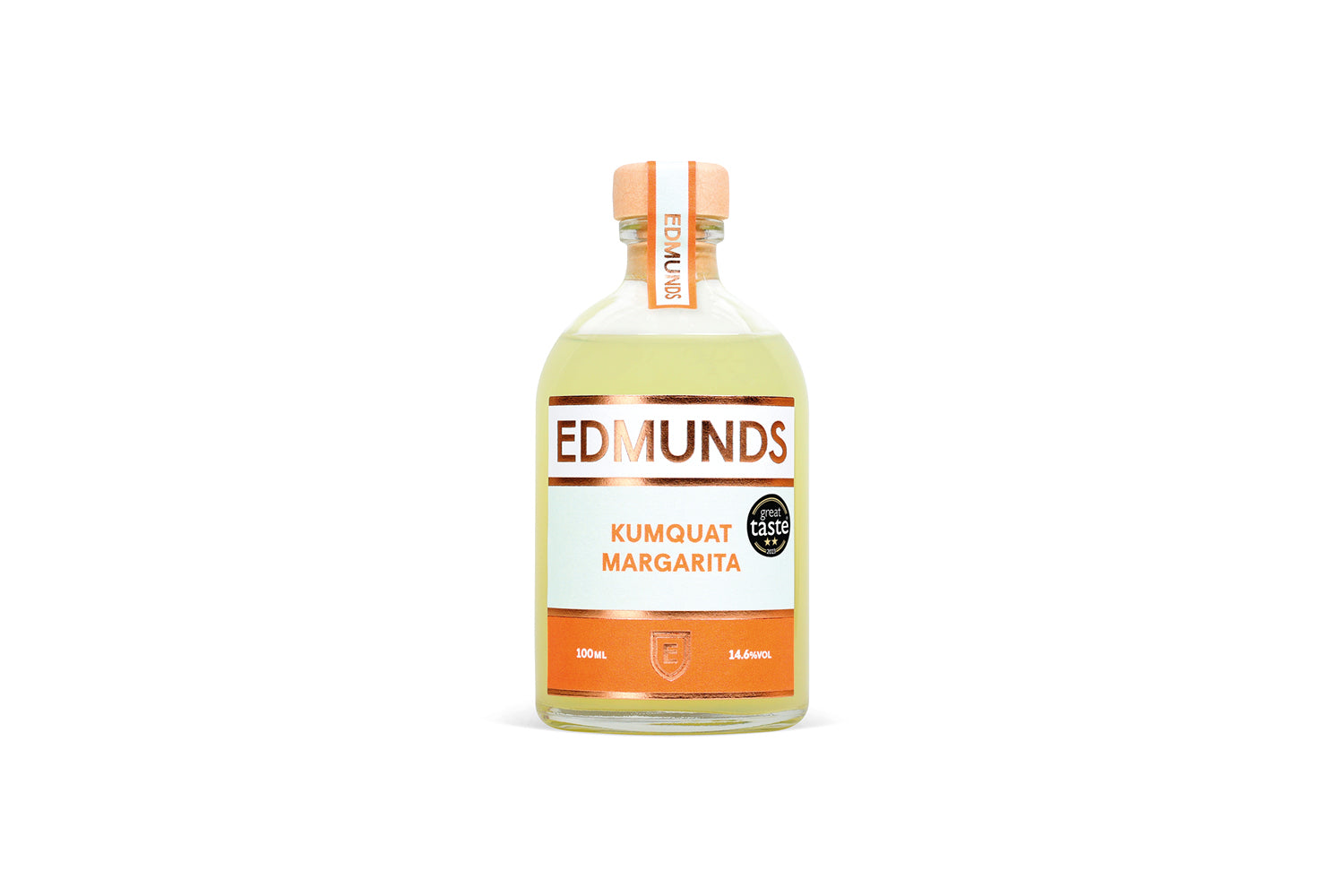In post-war USA, the public appetite for all things tropical became a significant trend, largely due to the official adoption of Hawaii as the union’s 50th state in 1959. The concept of Hawaii as a paradise with tiki torches, leis flower garlands and grass-skirt-clad dancers took a firm (if idealised) hold in the popular imagination, reaching fever pitch in the wake of three 1960s-era Elvis films* set on the island.
Surfin’ USA
The ‘Elvis factor’, together with the mid-century boom in jet travel and the rise in popularity of surf culture – promoted by the Beach Boys – turned this small island state into an unlikely cultural influencer in a world looking for a shiny, happy, colour-drenched antidote to WWII.
In fact, so-called ‘tiki’ culture quickly became a genuinely global phenomenon, thanks to its easily recognisable references, including aloha shirts, totem-style carvings and beach-chic décor (think rush-thatched roofs, rainbow-hued liqueurs and bamboo-slash-rattan furnishings). Polynesian-themed bars, restaurants and cocktails quickly sprang up, featuring the spirit of tiki – an approach that elevated relaxed island living to an art form. Even Disney got in on the act with its 1963 ‘Enchanted Tiki Room’ attraction, in which hundreds of automated talking, singing and dancing birds, flowers and ‘living gods’ made their debuts (and which is still operational today)**.
The golden age of tiki
Not that the tiki gold rush of the 1950s and 60s was a novel concept, per se. American entrepreneur Ernest Raymond Beaumont Gantt – better known as Donn Beach – opened his first tiki bar (Don the Beachcomber) in Hollywood as far back as 1933 and is credited with creating the Zombie cocktail. But post-war tiki culture aimed even higher. The legendary Sip ‘n Dip Lounge in Montana which opened in 1962 not only went all out on the South Seas interior design aesthetic but also – incredibly – featured a huge glass tank in which people dressed as mermaids regularly frolicked.
Tiki revival
But, while the optimism of the 1950s and 60s created the perfect conditions for fantasy-inspired lifestyles like tiki to flourish, the 1970s brought darker drama to America’s shores in the form of civil rights skirmishes, government corruption and new wars to fight. Palm trees and beach huts fell out of step with public sentiment and tiki bars everywhere were shuttered.
More recently, though, tiki has been enjoying something of a style revival. With tiki purveyors a bit more mindful of accusations of cultural appropriation, the emphasis is on quality ingredients rather than cosplaying. Some bars still offer traditional Polynesian experiences, while others take a more contemporary approach. For some, tiki is just a cocktail category on a bar menu.
Tiki drinks aren’t exclusively rum-based – some will use other spirits, including tequila. But as tiki is inspired by the tropics, it makes sense to favour rum (Donn Beach was reputed to stock more than a hundred different rums in his Beachcomber bar). Rum cocktails are regaining popularity as tiki staples – usually mixed in high-strength ratios with citrus and tropical fruits, sweetened with tropical syrups. Naturally, over-the-top garnishes and accessories – cocktail umbrellas, cherries and banana leaves – are de rigeur.
Tiki cocktails at home
If you fancy simulating a tiki bar at home, you could start with three good bottles of rum – a light (Demerara) rum, dark Jamaican rum and Bacardi-style Cuban white rum. The only other ingredients you’ll need are fresh fruit juices plus syrups and liqueurs infused with flavours like nutmeg and pomegranate. If you’d like the tiki vibe without the effort, though, take a trip to the beach and treat yourself to a Strawberry Daiquiri or Mango Daiquiri from Edmunds. Surf’s up!
*Blue Hawaii (1961), Girls, Girls, Girls (1962) and Paradise, Hawaiian Style (1966).
** Seems like you’d need a stiff rum-based cocktail to even contemplate enduring more than five minutes of Disney-level animatronics-based shenanigans.










































































